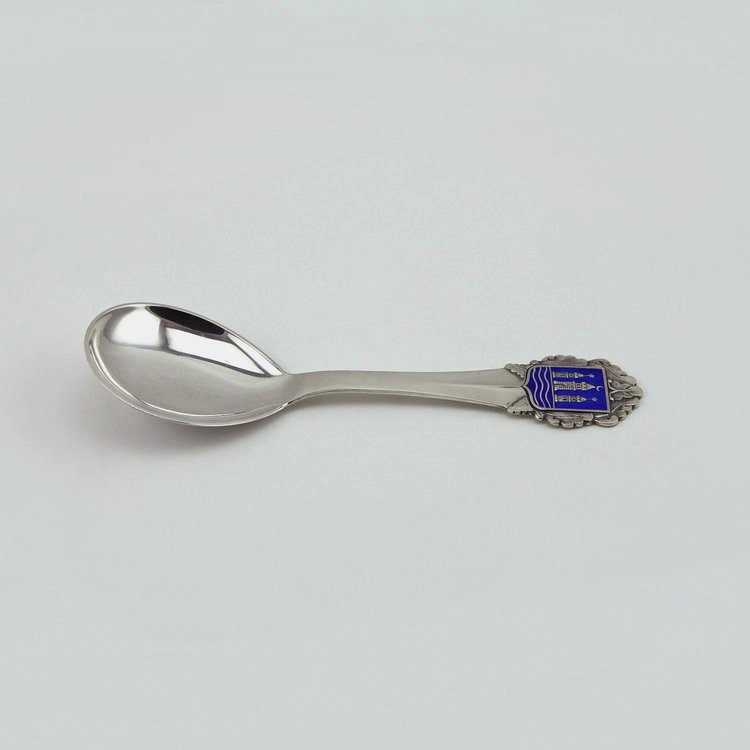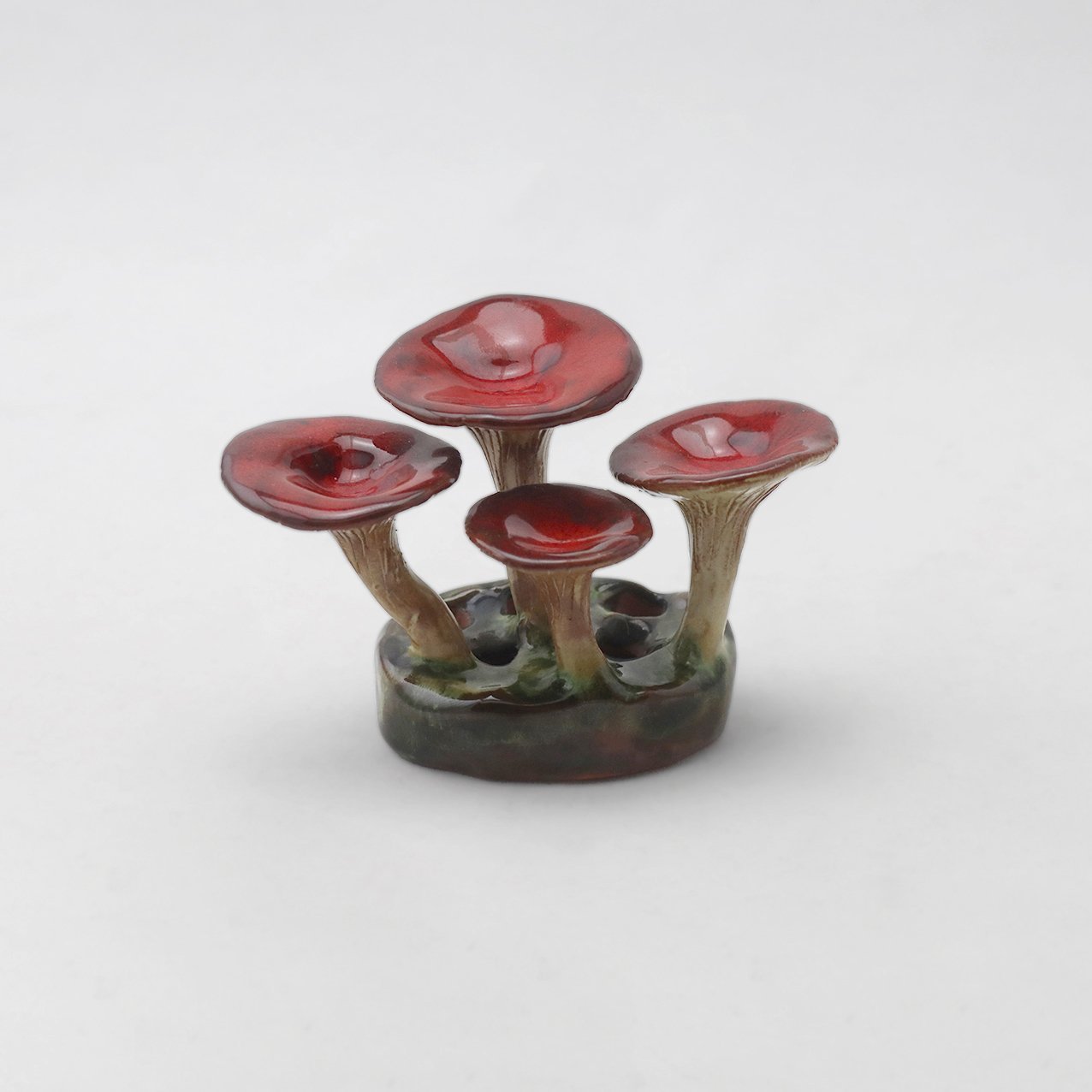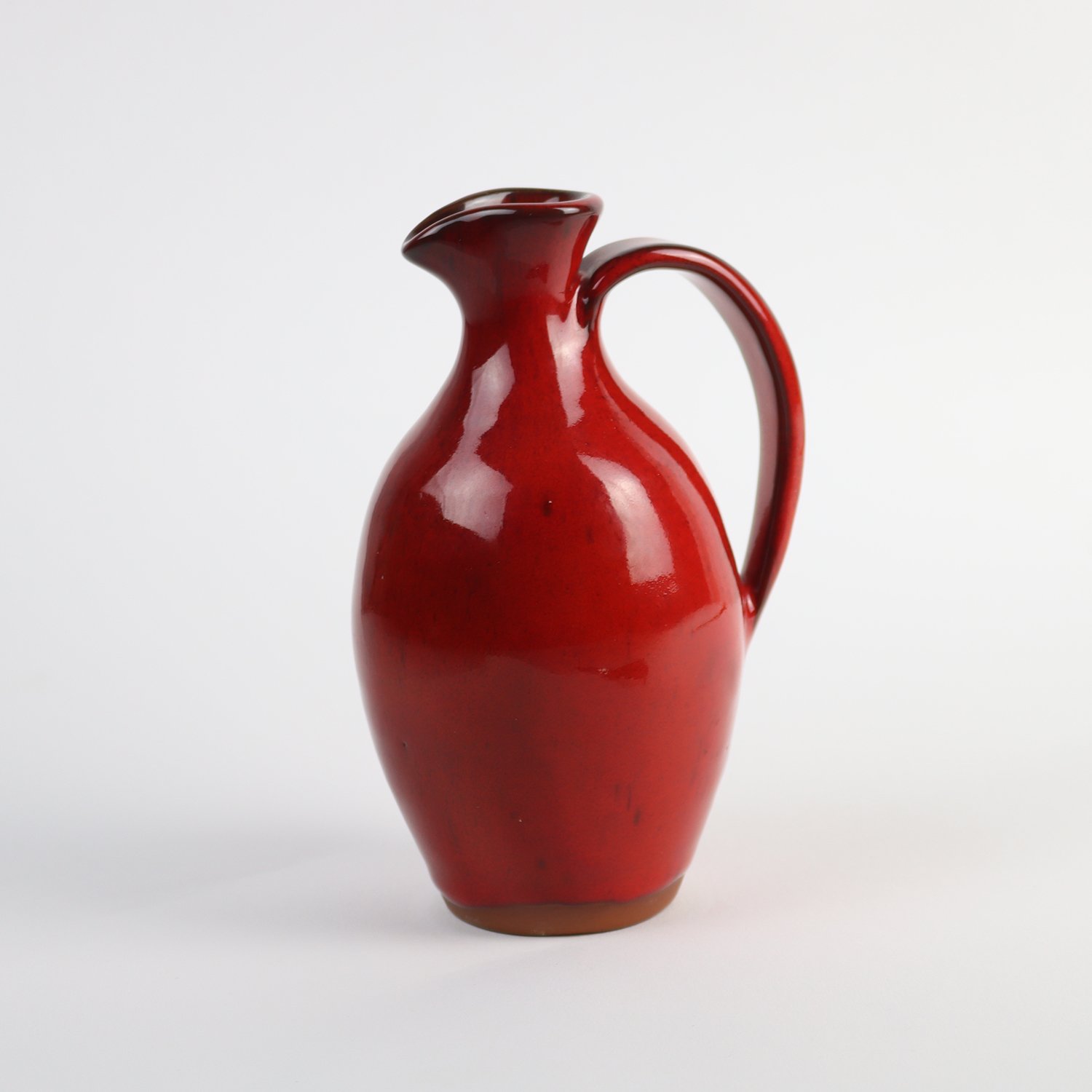Third Week of Advent - Holiday Gift Guide
Welcome to the third week of Advent! We are enjoying your visits to the gallery and your comments on the 2024 calendar and Christmas Calendar Exhibition. We hope you enjoy our selection of treasures for our third Advent Gift Guide with wonderful ideas for your holiday gatherings and celebrations, along with a few seasonally inspired paintings. This week we are showcasing a fabulous selection of table décor including an early set of Kings pattern flatware in a fitted box. Enjoy!
Pair of brass tea cannisters engraved "King Edward VII. Coronation Gift from Sir Walter Gilbey Bart" gift for the coronation on August 9th, 1902. Sir Walter Gilbey, 1st Baronet, DL (2 May 1831 – 12 November 1914) was an English wine-merchant, horse-breeder, author, philanthropist and founder of Gilbey's Gin. Size: 5 ¾ h x 3 ½ w x 3 ½ d in. M20658
‘Venetian Scenes’ pair of 19th century Italian oils on canvas, circa 1840. Size: 10 h x 14 w in. J20570
Through the Georgian, Regency and Victorian eras, the etiquette of ‘calling’ was an essential part of invitations, introductions and visits. Calling cards became an indispensable accessory for any upper-class lady or gentleman of society to announce their presence in town, or call upon a friend. Upon arriving at a residence, the visitor, or their groom, would present the calling card on a tray to the butler or maid, who would in turn transport the card to their mistress. The card would either be returned with regrets, or accepted, whereupon the guest would be admitted. How a card was presented or folded was complex and layered in meaning, and books on manners in the 19th century contained entire chapters devoted to nothing but the correct use of calling cards. Ladies cards were larger than gentlemen’s, who carried them in their breast pocket, and elaborate calling card cases and card trays became popular and a sign of status.
The long, sinuous and organic lines of this Art Nouveau lamp are characteristic of the movement from 1890 to 1910 which wished to avoid ‘frivolous’ decoration and believed that the function of an object should dictate its form. The status of craft was raised by the revival of good workmanship, producing genuinely modern designs that reflected the utility of the designs being created. Drawing inspiration from both organic and geometric forms, the elegant lines unite flowing, natural forms and help to narrow the gap between the fine and the applied arts.




















